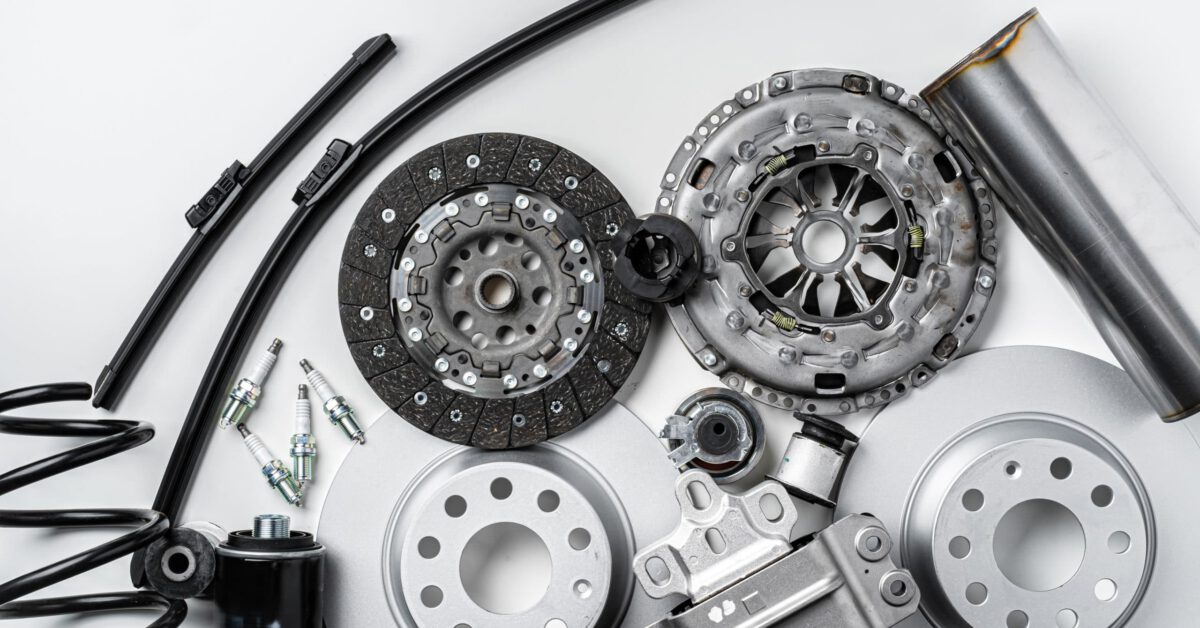
Implementing a Retail Inventory Management (RIM) program may seem daunting, but with clear goals, strategic planning, and the right technology partner, organizations can boost efficiency, availability, and dealer satisfaction. This article outlines critical challenges and solutions, drawing on Syncron’s experience in driving successful RIM program outcomes.
Challenge 1: Designing a RIM Program
The Issue: Dealers operate as independent entities with unique Dealer Management Systems (DMS), making it difficult to achieve consistent usage and buy-in for a centralized RIM program. It’s essential to design a RIM program that fits the relationship between dealers and the OEM.
The Solution:
- Enable System Integration: Integrate with various DMS platforms while maintaining data quality and accuracy. If the data is unreliable, dealer trust will erode, leading to poor system adoption.
- Test and Validate: Thoroughly test DMS integration with each dealer to ensure data quality and smooth functionality.
- Balance Collaboration: Select the right level of dealer control based on the capabilities of the dealer network. Strive for a balance that allows dealer autonomy while maintaining the centralization needed to achieve OEM strategic goals.
- Incentivize Participation: Offer favorable terms and conditions to encourage dealer engagement and trust.
Challenge 2: How to Support a RIM Program
The Issue: Without dedicated resources supporting a RIM program, change management efforts may falter, leading to inconsistent adoption and suboptimal results.
The Solution:
- Create a RIM Department: Establish a dedicated team (internally, with your technology partner, or a combination) to manage implementation, support dealer compliance, and address emerging challenges.
- Adopt a Strategic View: Treat RIM programs as a company-wide strategic initiative, not just a technical deployment. RIM program objectives should align with larger organizational goals.
- Manage Change: Prepare for the potential impact of changing dealer terms and conditions. Anticipating these changes helps minimize resistance and ensures a smoother transition.
Challenge 3: Gaining Dealer Buy-In
The Issue: Dealer networks often span multiple regions with differing DMS platforms, languages, and operational practices, making large-scale rollouts complex and time-consuming.
The Solution:
- Pilot Program: Select a subset of dealers for a trial run, focusing on those with key DMS platforms and engaged participants. Use this opportunity to address issues before scaling up, and recruit dealer ambassadors to support the program.
- Improve Dealer Experience: Simplify the process for dealers to get parts by automating order recommendations and facilitating dealer-to-dealer transfers. This will save dealer personnel time & effort while making it easier for dealers to do business with the OEM. This should increase dealer loyalty.
- Align Incentive Programs: Ensure existing incentive programs support the RIM program’s objectives. For instance, revise sales team incentives to align with system goals.
Challenge 4: Inefficient Rollout Process
The Issue: Launching a RIM program across a large, distributed network without a clear, repeatable process can lead to delays, miscommunication, and inconsistent results. It’s crucial to choose the right rollout method that aligns with available resources and the relationship with dealers.
The Solution:
- Rollout Factory: Develop templates, standardize the system configuration process, and create a repeatable “factory” approach for rolling out the system in waves.
- Wave Rollouts: Group dealers by common attributes (e.g., DMS platform, region, language) and onboard them in waves. Start with larger, higher-impact dealers to build momentum.
- Parallel Waves: To speed up adoption, roll out multiple dealer groups in parallel rather than sequentially.
Challenge 5: Existing RIM Systems Are Too Basic
The Issue: Companies with homegrown or legacy RIM systems often have limited features, such as basic order calculations, without critical functionality like redistribution, hub-and-spoke planning, dealer compliance, and Dealer-to-Dealer capabilities.
The Solution:
- Upgrade to a Comprehensive System: Transition from legacy systems to a full-featured RIM provider that supports proactive inventory management and dealer collaboration.
- Embrace Advanced Features: Choose a provider offering redistribution, hub-and-spoke planning, dealer returns & buybacks, and real-time insights to enhance efficiency and collaboration.
- Plan for the Future: When choosing a RIM provider, don’t just address current gaps; also consider how the provider can support changes needed to keep the program relevant in 5-10 years.
Conclusion
Implementing a RIM program requires strategic planning, strong dealer engagement, and careful execution. By addressing each challenge with targeted solutions, organizations can navigate the complexities of RIM implementation successfully. From dealer onboarding to strategic rollout and change management, every phase plays a critical role in the program’s success. A problem-solution approach ensures that obstacles are met with clear paths forward, enabling significant improvements in inventory efficiency, availability, and dealer satisfaction.
Syncron is a leader in providing technology for OEM RIM programs. When implementing a RIM program with Syncron, OEMs have experienced the following results:
- 20%+ increase in parts availability (from 70% to 90%)
- 20-30% reduction in dealer network inventory
- 15-40% reduction in emergency orders
- 1% increase in sales for every 5% improvement in dealer availability
